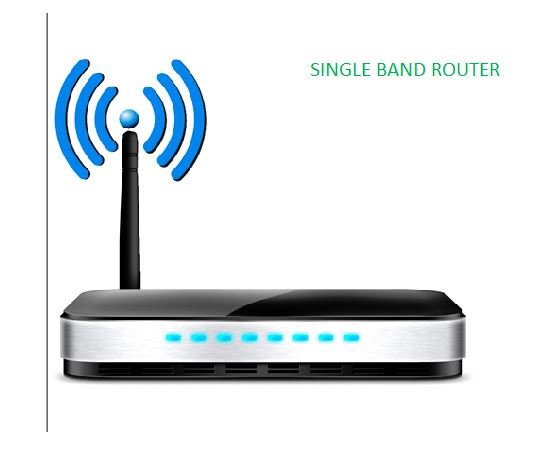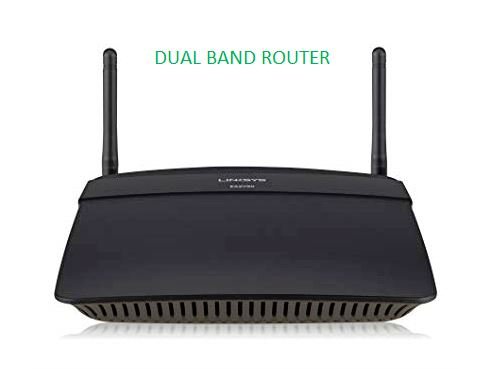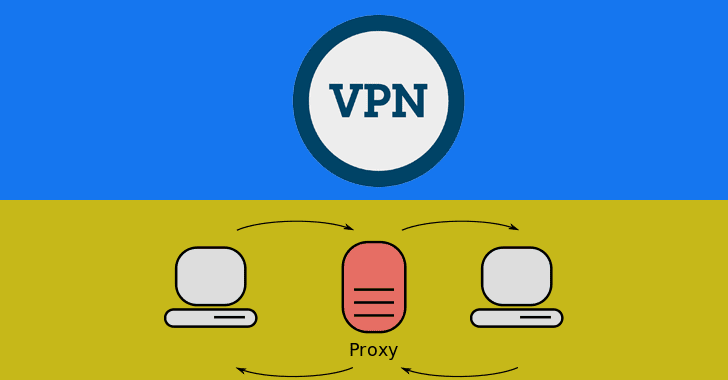A router is a networking device that connects different networks together and directs data packets between them. It acts as a central hub for internet connectivity and allows multiple devices to access the internet or communicate with each other within a local network. Routers play a crucial role in the functioning of the internet and local area networks (LANs) by determining the best path for data to travel between devices.
There are several types of routers, each designed for specific use cases and network sizes. The main types of routers are:
- Home Router:
- Home routers are the most common type of routers found in households. They provide internet connectivity to multiple devices within a home network.
- These routers often include built-in Wi-Fi capabilities, allowing wireless devices to connect to the network.
- Home routers typically have a user-friendly web interface for configuration and management.
2. Wireless Router:
- Wireless routers are a subset of home routers with the added functionality of providing wireless connectivity to devices through Wi-Fi.
- They allow laptops, smartphones, tablets, and other Wi-Fi-enabled devices to connect to the internet and the local network without the need for physical cables.
3. Wired Router:
- Wired routers, also known as Ethernet routers, don’t have built-in Wi-Fi capabilities. Instead, they require devices to connect via Ethernet cables.
- These routers are often used in scenarios where a wired connection is preferred or where Wi-Fi is not needed.
4. Core Routers:
- Core routers are high-performance routers used by internet service providers (ISPs) and large organizations to manage internet traffic at the core of the network.
- They handle large volumes of data and are responsible for directing traffic between different ISPs and autonomous systems.
5. Edge Routers:
- Edge routers are positioned at the edge of a network and connect the local network to external networks, such as the internet or other networks.
- These routers manage the flow of data between the local network and external networks, ensuring secure and efficient communication.
6. Virtual Routers:
- Virtual routers are software-based routers that operate on virtual machines or cloud platforms.
- They offer flexibility and scalability, allowing organizations to create virtual networks and manage traffic in virtualized environments.
7. SOHO Routers (Small Office/Home Office):
- SOHO routers are designed for small office or home office environments, catering to a limited number of connected devices.
- They typically include firewall features and basic security settings to protect the network from external threats.
They are three types of band wireless routers and where it is used.
1. Single Band Routers
2. Double Band Routers
3. Tri Band Routers
1. Single Band Routers
- It is limited to just one frequency band and is also called “Wireless-N”.
- Single Band routers on a 2.4 GHz band offer theoretical speeds of up to 800 Mbps.Internet service limitation being an example.
- The user may encounter frequent connection problems thus speed and flexibility of Wi-fi is affected.
- Modern features like Device Prioritization and app based monitoring is not supported by Single band routers.
- Range of Single Band Router is shorter and low signal strength.
- Cost is economical and thus is most suitable for smaller home.
Single Band users are used in :
- Web Surfing
- Emails
- Online chatting
- Viewing photos

Double Band Routers:
- A 2.4 GHz Dual band routers uses 5 GHz of frequency band.
- It has a relative better speed and longer range when it is compared to Single Band router.
- Dual band routers support the many of the modern hardware devices by providing more stability and range.
- Amount of connected device has an impact on speed of Wi-fi, several of them might reduce speed a little bit.
- Automatic switching is possible between bands.
- Cost is expensive and thus is most suitable for larger home.
Dual Band Router are used in:
- HD Streaming
- Large File Transfer
- Movies
- Gaming applications

Tri Band Routers:
- Tri Band Routers support a 2.4 GHz and two 5GHz frequency band.
- There is a ease of connecting as many devices as possible without negatively affecting the Wi-Fi speed.
- Bandwidth increases three times due to the three separate Wi-Fi band.
- Efficient handling of multiple devices and faster file transfer is a result of high CPU speed in the Tri band routers.
- If you don’t have a lot of 5 GHz-compatible Wi-Fi devices, the upgrade might not be too noticeable, a extra 5 Ghz here acts as an extra LAN.
- Cost is highest when compared to Single and Dual Band Routers.
Tri Band Router are used in:
- Streaming Device
- Online gaming
- Multiple Devices





